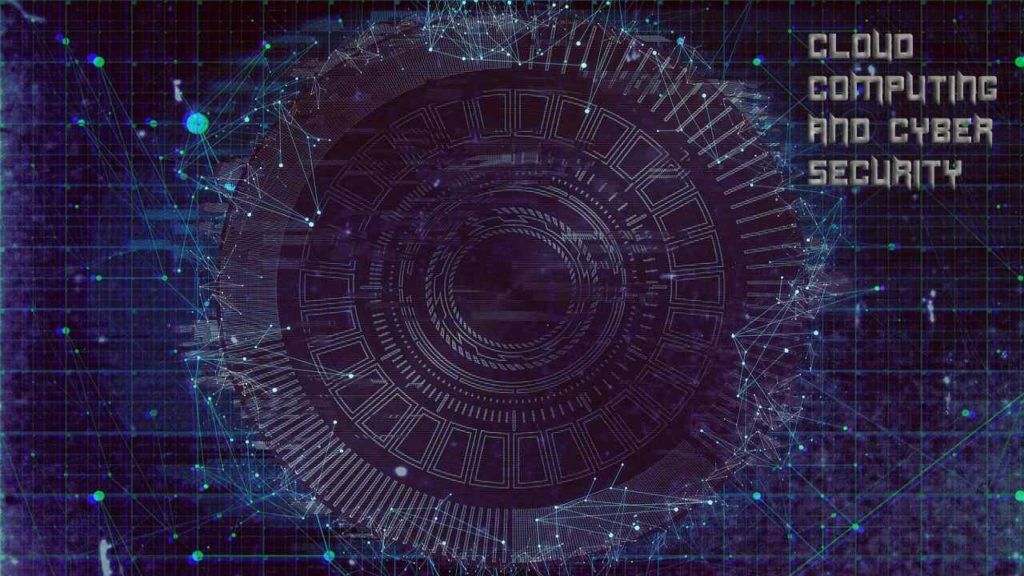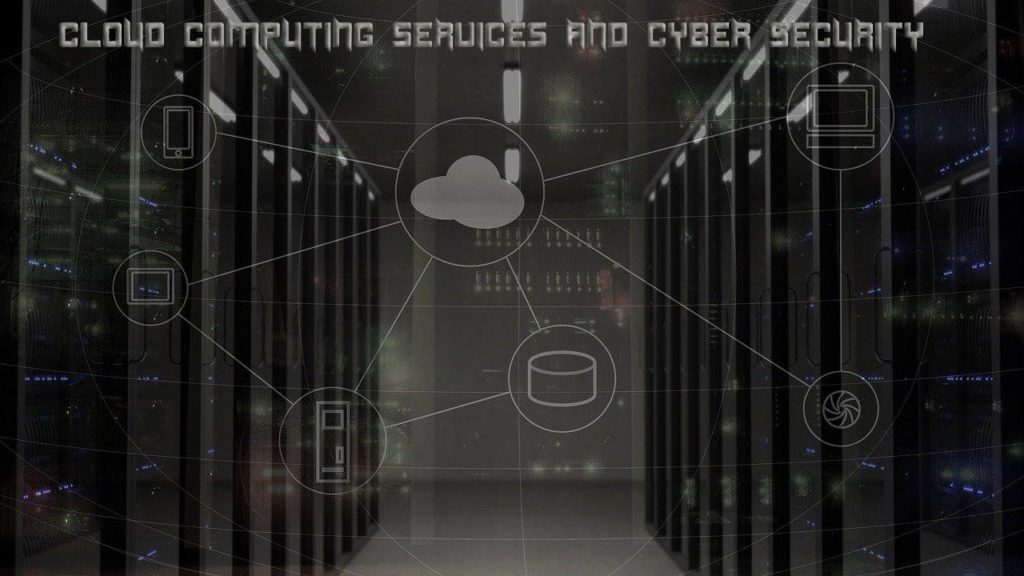With the emergence of cloud technology, it has become quite easier for businesses to build and manage next-generation applications. It has provided them with an innovative path to succeed in the digital world without bothering about the maintenance of physical machines. That is why cloud technology is making the mark today and is evidently heading to become one of the major tech revolutions of the 21st century.

Meanwhile, with the rise of cloud technology, it is also imperative that it will bring a huge advancement in the industry of PHP cloud hosting and cybersecurity. Today, one of the biggest challenges businesses face online is non-arguably cyber security. Many web administrators tend to install and implement best security practices for their web applications, but still, there exist some loopholes. Despite that, opting for expert help, such as GuidePoint’s security tools is most of the time, the best choice.
In this article, I will present some key aspects about the future of cloud technology, how it is bringing different types of services in the market (SaaS, PaaS, etc.), and how it looks after the cybersecurity challenge to maintain its dominance in the tech world.
Cloud Computing Services
Table of Contents
Here are the few basic cloud computing services you should know about:
Infrastructure as a service (IaaS)
Infrastructure as a Service (IaaS) involves the leasing of IT machines such as servers, operating systems, storage networks, etc. by the cloud providers to their clients. The designated clients are grant access to a flexible pay-as-you-go pricing plan, allowing them to manage their billing operations as per the requirements of the resources.
Platform as a service (PaaS)
Platform as a Service (PaaS) refers to a cloud platform where users/clients can build, deploy, and manage software applications in real-time. These types of platforms allow clients to access their real-time services to build personalized applications or products by setting up their own attributes.
Software as a service (SaaS)
Software as a Service (SaaS) is an advanced software distribution model in which a third-party vendor builds a particular application or service, and makes it available for commercial use for the clients over the internet. It is one of the main pillars of cloud computing, as many companies today are offering different SaaS products to get a competitive advantage in the business world.
Serverless Computing
Serverless computing overlaps PaaS and is commonly regarded as a highly scalable cloud computing service. It primarily focuses on developing application functionality, rather than managing the physical operations of servers or networks. The most important aspect of serverless computing is that it is an event-driven service, which means that it only becomes operational whenever it is triggered or asked to perform some specific operations.
Best Cyber Security Practices for Cloud
Now, Let’s have a look at some of the best cybersecurity practices that will help you guard critical site information and data on the cloud.
- Implement user access control
- Use SSH keys where possible
- Use multi-factor authentication (MFA)
- Perform monitoring
- Institute patch management
In the following paragraphs, I will give the readers a brief overview of each of these security practices to help them understand better.
Implement User Access Control
Using cloud resources and access review software, admins can easily manage access to different servers, as well as ensure the availability of data to the specified users based on the project requirements. Moreover, using the right directory service, this process can be automated to save time as new users join in, and the existing users give access to new servers.
Use SSH Keys where Possible
Using SSH keys, you can establish a secure server connection for your websites. Moreover, to manage these keys, you can establish certain policies to specify how these keys should be grant, maintained, or removed according to the needs of the application.
Require MFA
Multi-Factor Authentication (MFA) requires users to prove who they are by using a password and something they have (e.g., a TOTP token). Implementing MFA, where possible, helps to limit the risk of unexpected credential loss, web attacks, and other detrimental operations.
Perform Monitoring
Using the Telemetry and system insight monitoring, admins get the visibility of activities happening inside their networks and systems, as well as feasible vulnerabilities. It allows admins to monitor system configurations and changes, as well as user access and actions.
Institute Patch Management
Admins should also institute a patch management program to automate regularly scheduled patch updates, which often address security vulnerabilities. In the case of a zero-day or more critical vulnerability, admins should have a contingency plan in place ahead of time as to how they will install and monitor an emergency patch.
Final Words
This takes us to the conclusion of this article that elaborates on the scope of some key cloud computing and how they bring innovation for the businesses. It also highlights the essential cybersecurity practices which everyone needs to know before moving on the cloud. Implementing these standard measures, you can easily bolster the existing security features of your cloud-based websites, making them more robust against the sudden web attacks.
It is necessary that all the cyber security protocols are followed when you are dealing with sensitive data. If your cloud computing company does not offer data destruction, you should work with a separate secure data destruction company to help you in this regard. You should always remember that if your data gets into the wrong hands, you will lose market share, credibility and consumers from the industry.
If you still have some more questions regarding this article or want to share your thoughts on the topic, please feel free to write your comments below.


